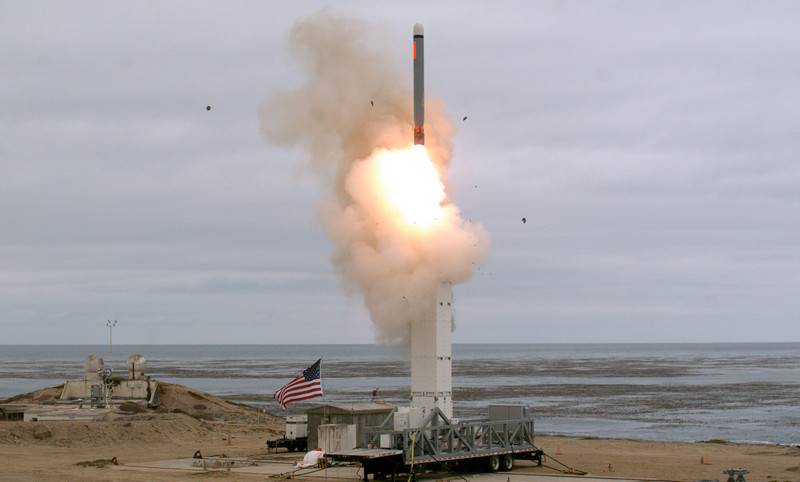The U.S. Marines Corps will set up a battalion tasked with launching land-based Tomahawk cruise missiles within one of its regiments by 2030. The new artillery battalion will belong to the 11th Marine Regiment based in California, said the official, who spoke on condition of anonymity. Local news agency Kyodo News reported that the U.S. military is unlikely to deploy such long-range missiles to Japan. In the face of China’s growing military power and North Korea’s missile and nuclear threat, Japan has decided to acquire “counterstrike capabilities” and plans to buy 400 Tomahawks, which have a strike range of about 1,600 kilometers, from the United States.
The U.S. Army and U.S. Marine Corps are moving closer to fielding Land-based Tomahawk cruise missiles launched from tractor-trailers. The U.S. Navy awarded a $217 million contract on May 24, 2022 for 154 Tomahawk Block V cruise missiles with 70 missiles going to the U.S. Navy, 54 going to the Marine Corps, and 30 to the Army. The Army and Marine Corps will have their missiles fired from trailers whereas the U.S. Navy will have them fired from their Mark 41 VLS cells. The U.S. Marines want to use as Land-based Anti-ship Missiles (LBASM) that can be strategically and tactically placed on ships, shores, and islands to provide the U.S. Marines an organic long-range precision-fired land-based Anti-ship cruise missile with a large warhead powerful and capable of sinking (large) enemy warships.

The U.S. Marines Corps did not have any photos to share of their trailer launcher although photos do exist online showing a potential working Mark 41 VLS trailer cell prototype. The Logistic Vehicle System Replacement (LVSR) and the Medium Tactical Vehicle Replacement (MTVR) are “Marine Corps-specific” trucks and tractors that can offer a cab tractor to pull the TLAM trailer or a long cargo truck to carry the TLAM canisters on the rear axles. The MTVR is air-transportable by U.S. Air Force C-130, C-17, and C-5 cargo planes and can be under-slung by a Marine CH-53 helicopter. Due to the LVSR’s increased size and number of tires and axles (10×10), in theory, LVSRs can transport more Maritime Tomahawks launchers in the ready-to-fire position than a MTVR, but at the expense of tactical weight mobility, concealment, and compactness.
The Tomahawk Land Attack Missile (TLAM) is a long-range, all-weather, jet-powered, subsonic cruise missile that is primarily used by the U.S. Navy and Royal Navy in ship and submarine-based land-attack operations. TLAM warheads range from 1,000-pounds/453 kilograms of high explosives for the TLAM-C/E variants to a dispenser for 166 BLU-97 submunitions in the TLAM-D to the Block VB having a Joint Multiple Effects Warhead System that will enter service in 2024. Ground-launched cruise missiles (BGM-109G Gryphon) and their truck-like launch vehicles were employed at bases in Europe; they were withdrawn from service to comply with the 1987 Intermediate-Range Nuclear Forces Treaty. In February 2018, U.S. military officials confirmed they were developing a new ground-launched, intermediate-range cruise missile to counter Russian development of a similar weapon system that violates the INF Treaty.












